Eurozone retail sales dropped sharply by -5.9% mom in January, worse than expectation of -1.1% mom. Volume of retail trade decreased by -12.0% mom for non-food products and by -1.1% mom for automotive fuels, while it increased by 1.1% mom for food, drinks and tobacco.
EU retail sales dropped -5.1% mom. Among Member States for which data are available, the largest decreases in total retail trade were registered in Austria (-16.6% mom), Ireland (-15.7% mom) and Slovakia (-11.1% mom). The highest increases were observed in Sweden (+3.5% mom), Bulgaria (+1.8% mom) and Estonia (+1.7% mom).




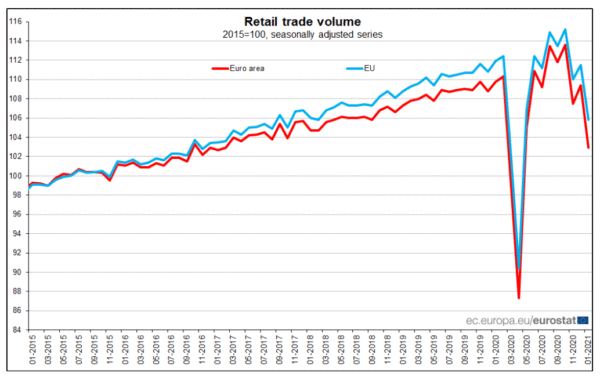
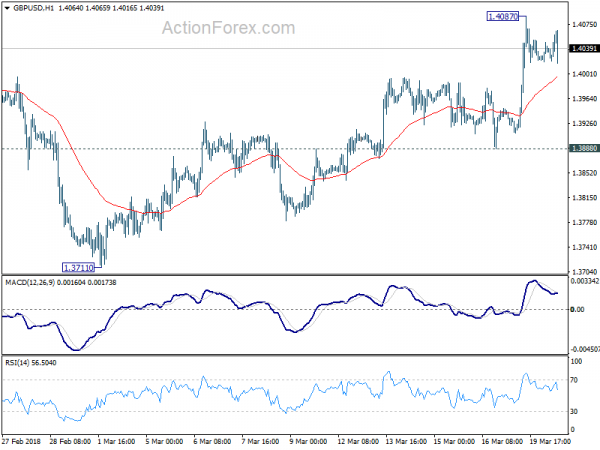
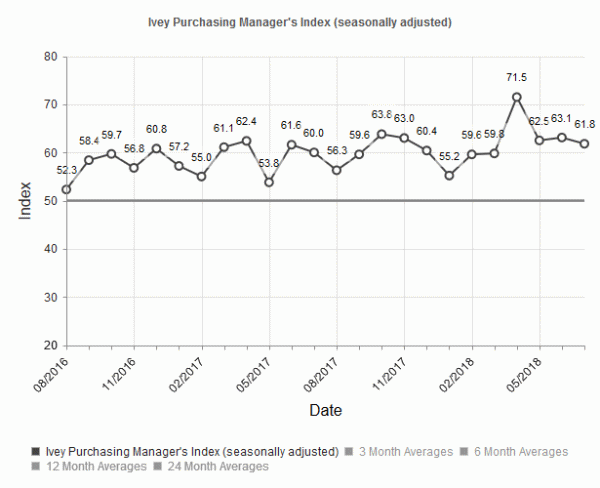
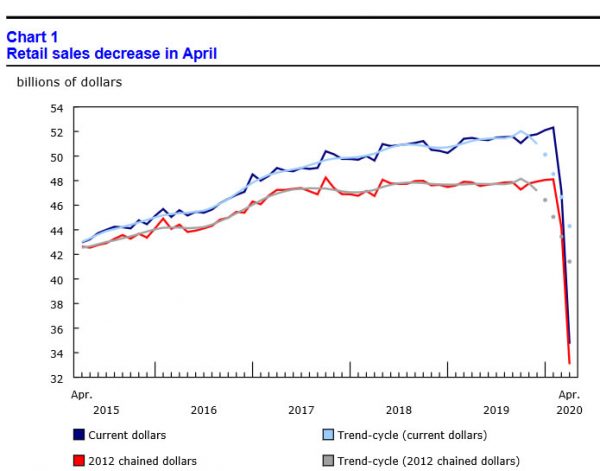
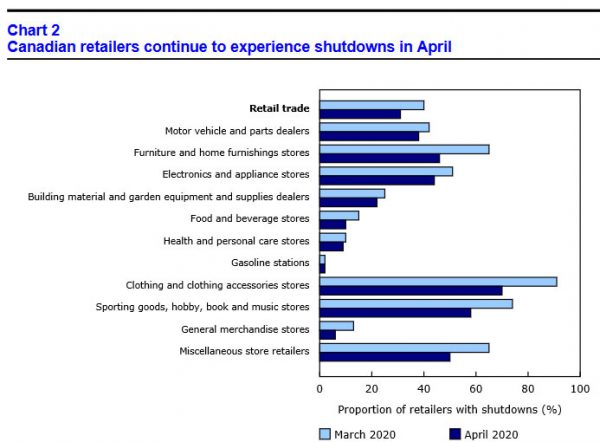
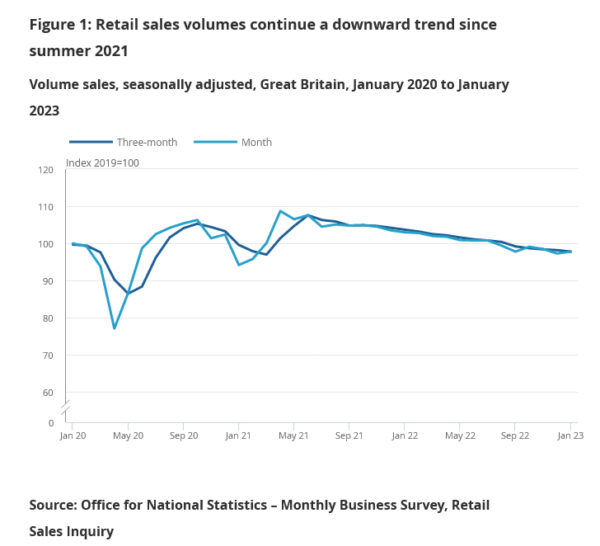
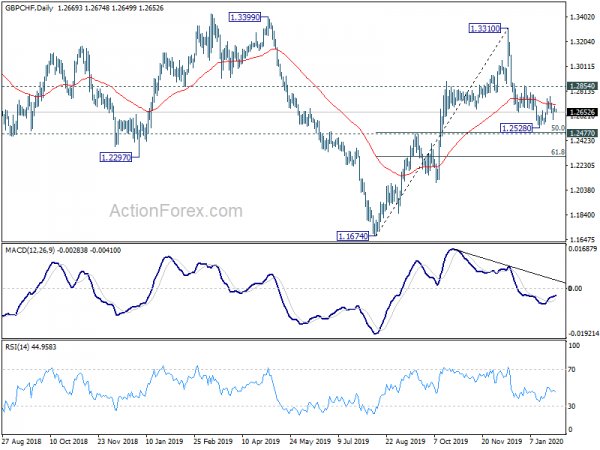
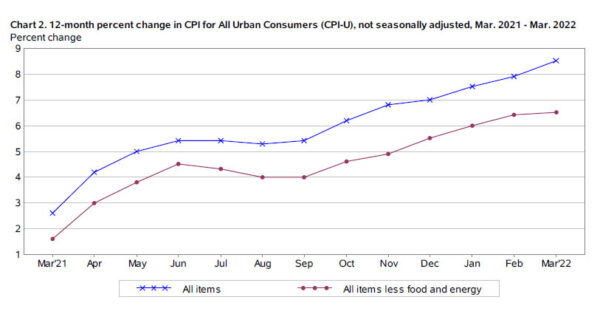
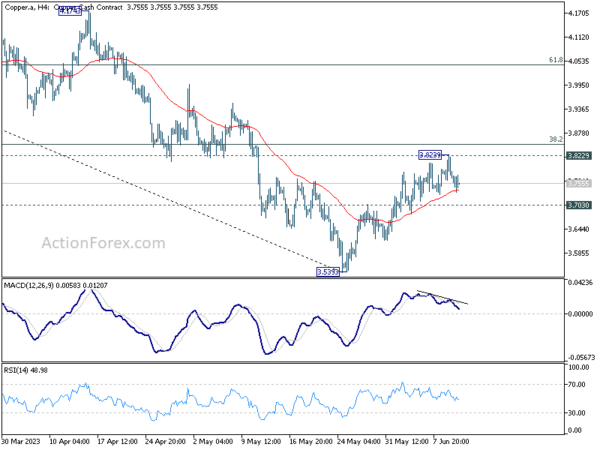
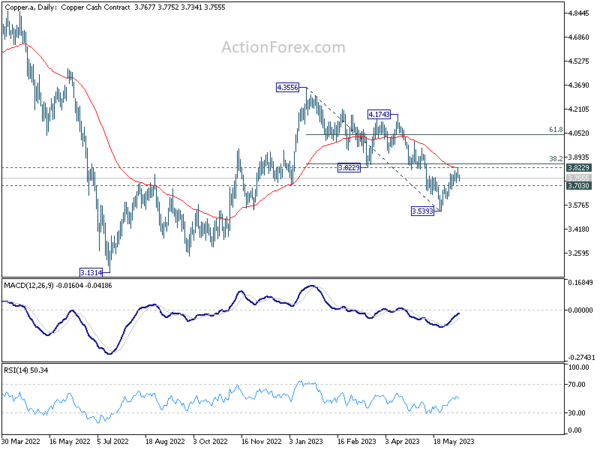
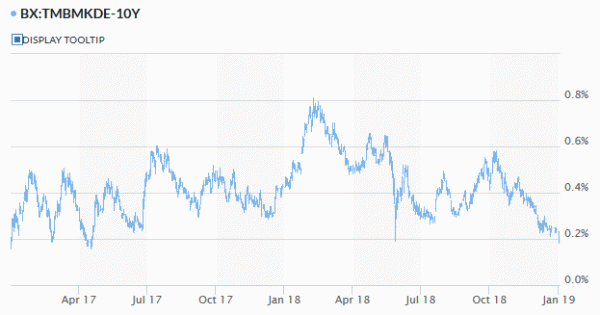
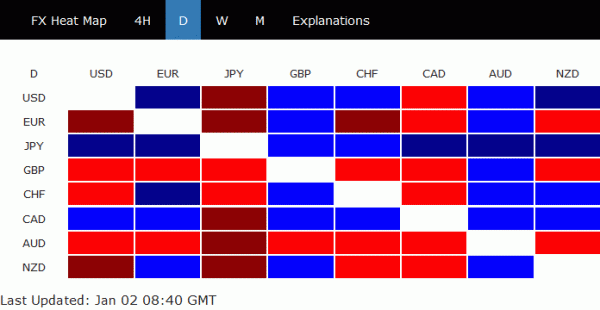
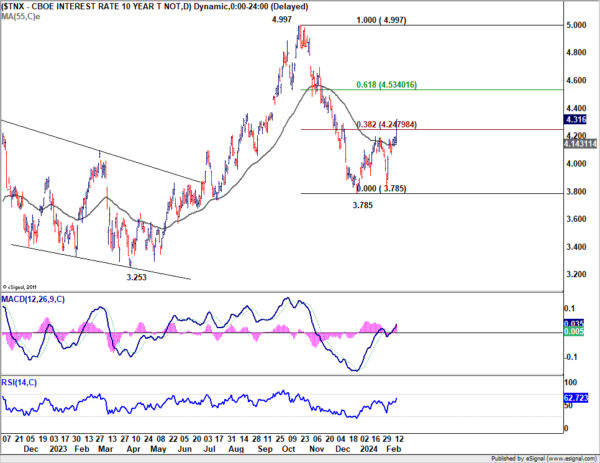
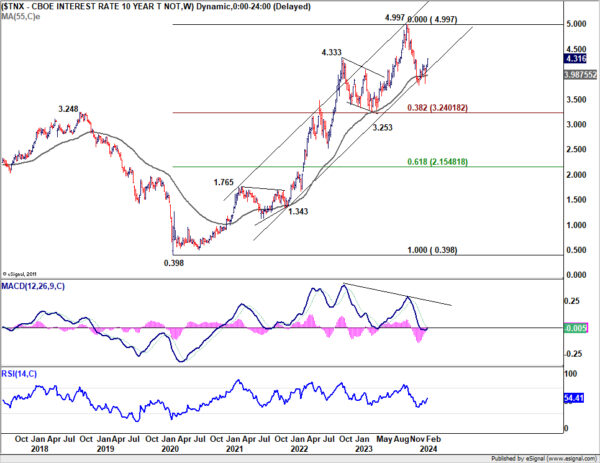
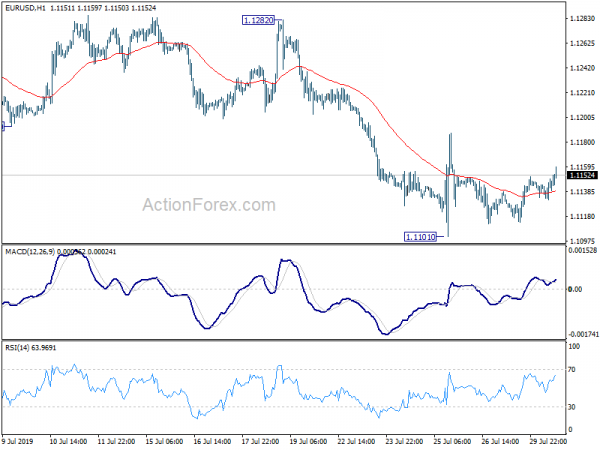
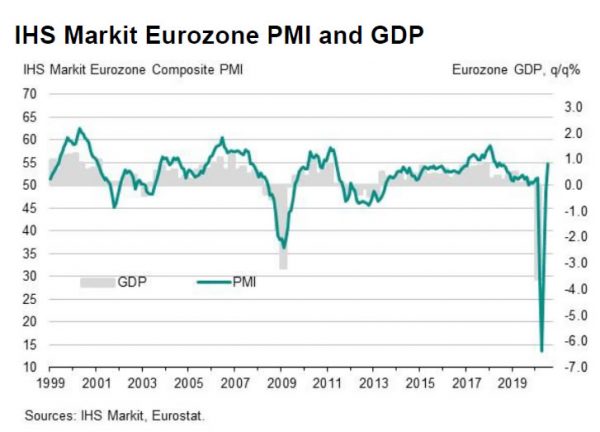
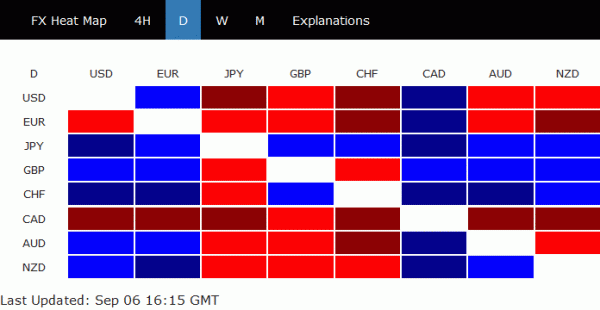
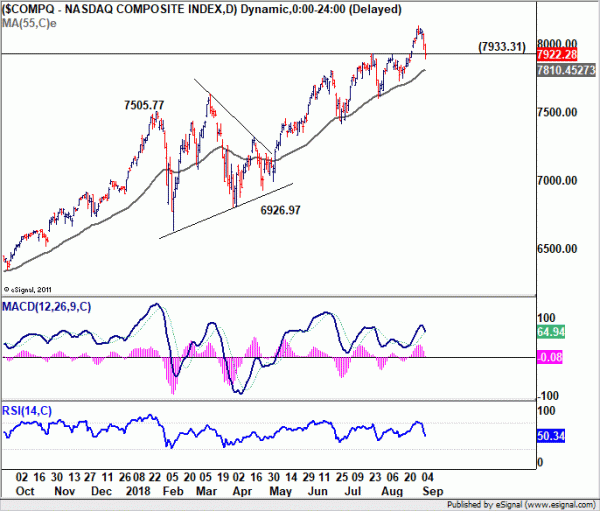
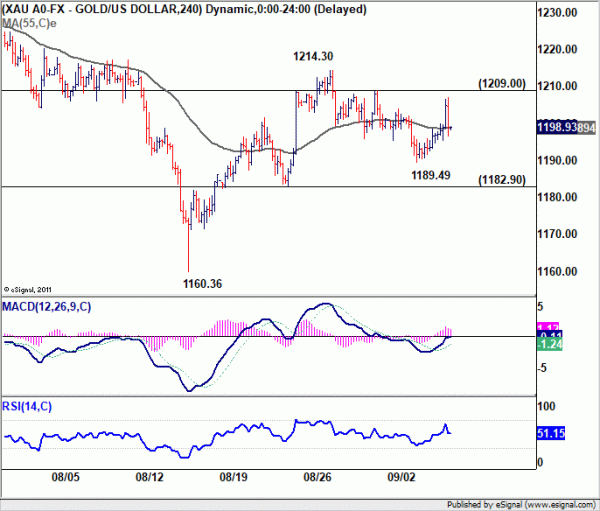
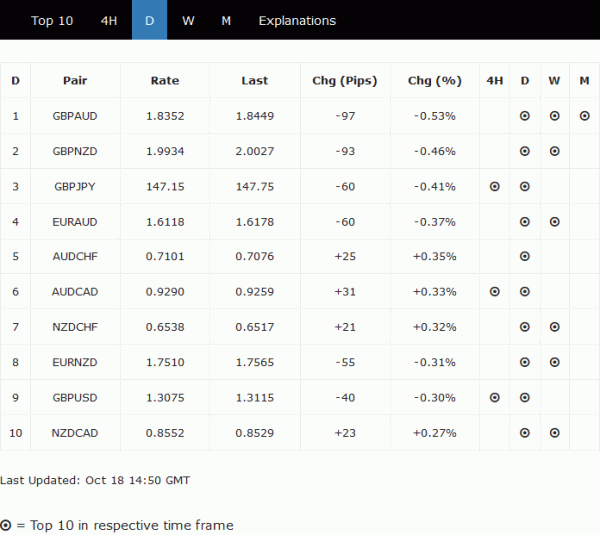
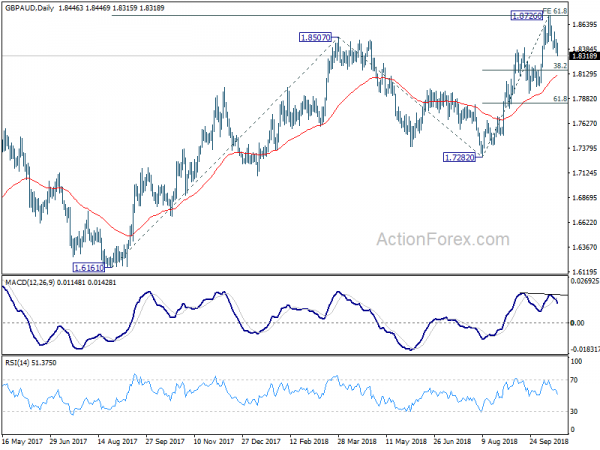
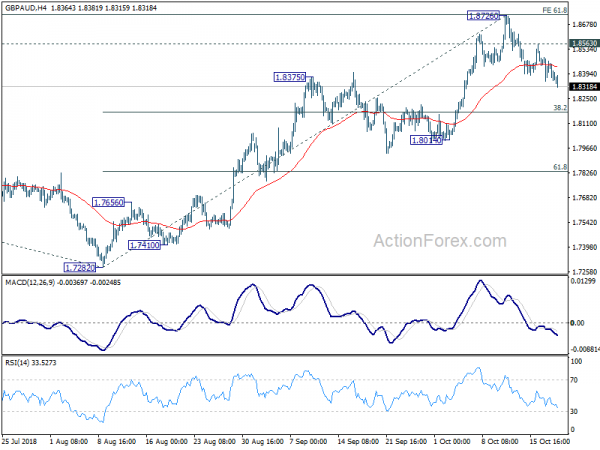

German Gfk consumer climate dropped 0.1 to 10.8. Increasingly insecure state of geopolitics influencing consumer mood
German Gfk consumer climate dropped to 10.8 in May, down 0.1 from 10.9, met expectations.
Quote from the release:
“The increasingly insecure state of geopolitics now also seems to be influencing the mood of consumers. There is a tangible drop in economic expectations in April, while income expectations fell only slightly by comparison. In contrast, propensity to buy is still at a very high level.”
“The escalation of the Syrian crisis and the protectionist trade policies of the United States are worrying consumers and could now also affect Germany’s previously excellent economic prospects.”
“Further escalation of these conflicts would also have a long-term adverse effect on the consumer climate. Above all, increasing protectionism in international trade would hit Germany, as an export nation, resulting in employees fearing they may lose their jobs and again being more reluctant to buy. In this case, the consumer forecast would certainly be untenable.
Full relesae here.